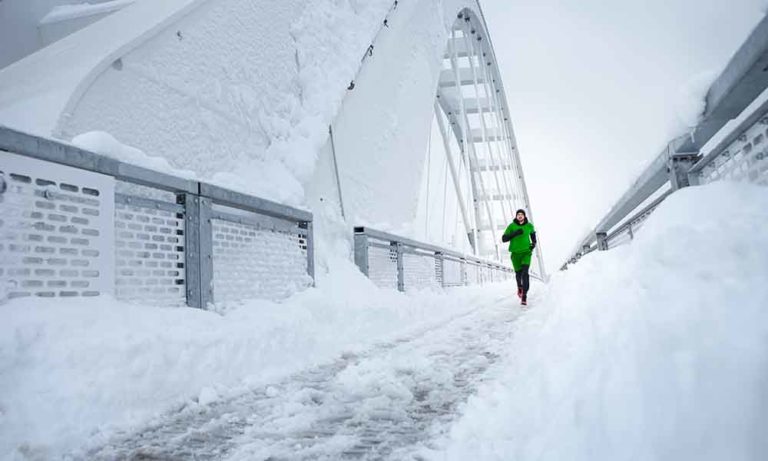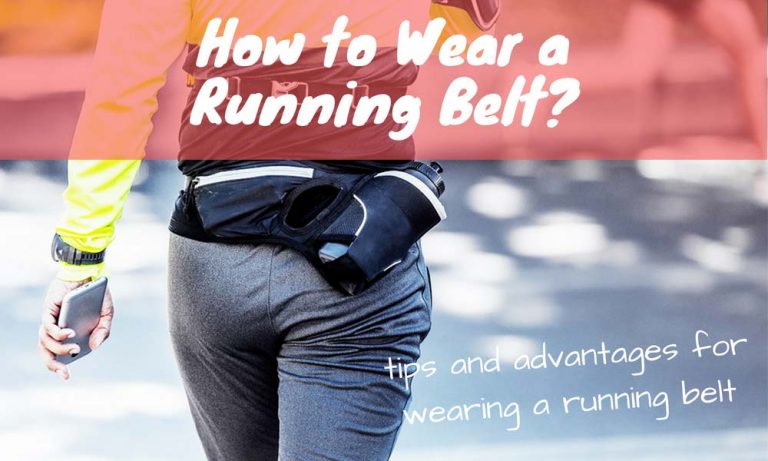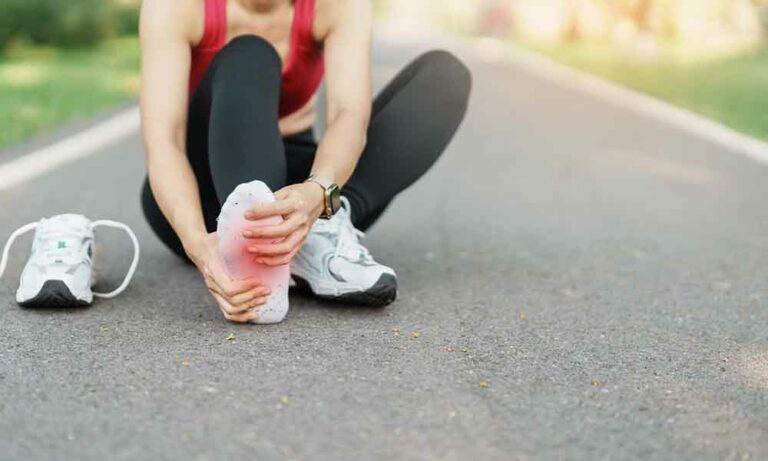How Long Do Running Shoes Last? How Many Miles Are Sneakers Good For?
Do you feel pain in your legs whenever you run? It is probably because of your running shoes. Running shoes need to be changed every once in a while. But you might be thinking, when is the right time to change your running shoes?
- Most runners aren’t buying new running shoes as often as they should.
- Running shoes typically last anywhere from 300 miles to 500 miles.
- You may not notice any significant difference between your old and new pair at first glance. Still, your feet might suffer when old footwear have lost their shock absorption.
You must not ignore sure signs while using an old pair of sneakers.
Signs your running shoes need to be replaced:
- the shock absorption of your shoes has decreased
- uncomfortable to your feet
- increased stress on your legs and joints
- causes unusual injuries and pain in your feet and legs
So how long do running shoes last? Let’s take a look.
How Many Miles Are Running Shoes Good For?
There is no exact period for using a pair of sneakers.
Changing your running shoes every 300 to 500 miles on average is recommended.
But! Lifespan VARIES as per your jogging style, weight, terrain, and shoe type.
#1 Weight
If you are a lighter runner, you can run even more than 500 miles with the same pair of sneakers.
But if you weigh more than usual, you might need to change your footwear every 300 miles or even less.
#2 Terrain
If you run on run tracks or flat roads, you can use your footwear longer than those who go off track and on rocky surfaces.
#3 Type of the Shoe
There are many running shoes available. When you choose yours, select the right fit for you. If they are too small, they tear more quicker.
Signs You Need To Replace Your Running Shoes
Watch for signs that it might be time to replace your sneakers even if you are below the average lifespan of 300-400 miles.
#1 Mileage
Even if you haven’t used your shoes for 300 miles, you shouldn’t feel any discomfort.
If you have foot pain after running a few miles, it probably means that your shoes are not the right pair for you.
#2 Pain While Running
Running with old shoes on can cause common foot injuries, muscle fatigue, pain in the joints of your knees, and even shin splints. This can happen if the cushioning is no more effective.
So, if you notice such symptoms, you must change your sneakers. It is also essential for your health since using an inappropriate cushion can lead to permanent injuries.
But if you are experiencing pain even in a new pair, you must consult a running professional.
#3 No Shock Absorption
Running shoes should have shock-absorbing features. They absorb every step, so the movement doesn’t hurt your feet, knees, or hips.
For old footwear, shock absorption ability might have deteriorated.
Because running is a high-motion exercise, using gear with decreased shock absorption can cause pain and injury.
#4 Worn Out
Do not wear worn-out shoes, especially if the soles are worn out. Soles are more long-lasting than the fabric and the shock absorbency.
So, if you see that the sole is worn out, it is time to change your footwear. If you use worn-out gear, you can face foot injury.
So, saving worn-out sneakers for garden-related or messy work in your house is better.
#5 Feels Uncomfortable
If your old shoes feel uncomfortable, change them immediately.
What about if the new shoes feel uncomfortable? It is also possible to feel pain in new shoes. It might be your posture or leg movement if it is not about the fit.
Check your posture and movement while sprinting. If your feet still hurt, consult a running coach.
When choosing the sneakers, you must take a trial to check their compatibility with your feet.
To check the compatibility, you can use the twist test. Hold both the front and back tips of your shoe and twist it.
If it feels firm, then it is the right pair for you. Old or ill-fitted footwear do not provide good support if you twist them.
However, this test might not work on cushiony or lightweight shoes. So, apply it if you have a sturdy running shoe.
How To Take Good Care Of Your Shoes
As discussed earlier, it is pretty crucial to replace your shoes when needed.
But till then, you should also take good care of old shoes to extend their life.
Here are a few ways to take good care of your footwear.
#1 Only Use While Running
The running shoes are very light and comfortable. Yes, they are excellent for walking and running errands all day.
But then you’ll be straining your favorite footwear. Maybe you’d better buy another pair of sneakers just for walking.
So, try to use them only for running sessions (that’s what they are made for). Don’t stretch your shoelaces by wearing your best running shoes all the time!
#2 Use the Right Way to Take Them Off
Never toe your shoes off while taking them off. Even if you are tired, make sure to undo your laces first.
#3 Clean Them Regularly
Wipe your sneakers with a dry or damp cloth after every run.
Do not over-wash them but do it at least once in a while to keep them clean from dust and mud. Always hand-wash your shoes with mild detergent and a soft brush.
Never toss your sneakers into a washing machine.
#4 Air Dry Your Running Shoes
Don’t put your sneakers in the dryer. The high heat of a dryer can damage the material of your footwear.
You can set your pair near the heat vent or place them on a shoe dryer.
#5 Keep Two Pairs At Once
What about if you are running every day? Having TWO sets of running shoes is better than using the same pair all the time.
It will give your footwear time to breathe and dry between your runs. That helps them last longer.
The Bottom Line
Getting an idea of when your shoe is needed to be replaced is very simple. Whether it is new or old, feeling the red signal is not very difficult.
Change your sneakers whenever they feel uncomfortable, or you feel pain.
You can use your shoes for some time (on shorter runs) if the shock absorbent or cushion has torn a little. Using worn-out footwear every day for long runs can cause damage to the ligaments of your leg and even can cause joint pain.
So, if you want to enjoy running, select the proper shoes and change them at the right time.



